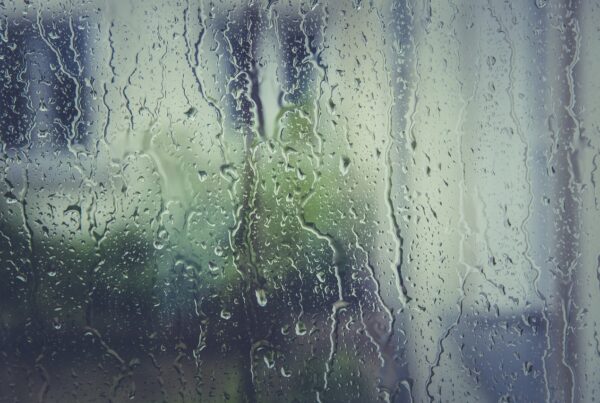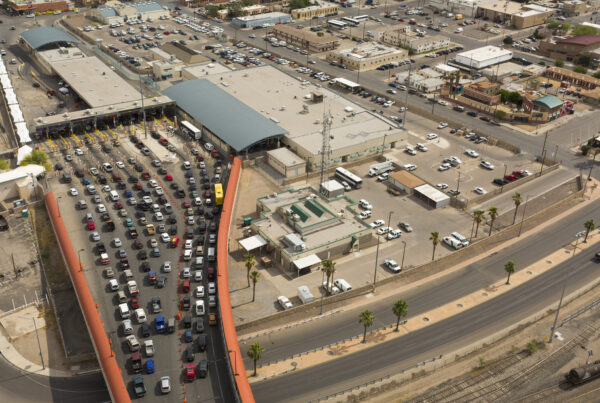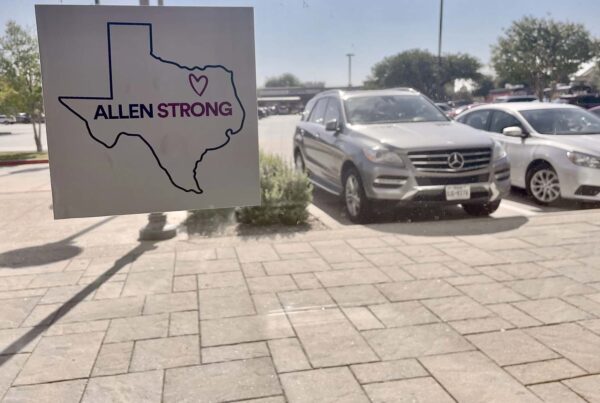The Texas Commission on the Arts announced their Texas State artists of 2023 and 2024. The list includes poets, state musicians, and two-and three-dimensional artists.
James C. Watkins is a ceramic artist who has worked with clay for 40-plus years and was named the 2023 Texas State Visual Artist 3D.
Watkins has artwork in 25 permanent collections, such as the White House Collection of American Crafts at the Clinton Library, the Shigaraki Institute of Ceramic Studies in Shigaraki, Japan, the Renwick Gallery of the Smithsonian Institution, and many more.
He joined Texas Standard to discuss his long career and the honor of being named to this year’s Texas State Artist roster. Listen to the interview above or read the transcript below.
This transcript has been edited lightly for clarity:
So where did your passion for ceramic art come from?
James C. Watkins: Well, it was accidental.
My first love was drawing and painting. When I went to college, there was a ceramic course across the hall from one of my 2D classes, and I would watch the students in the ceramic class work. And they were all helping each other, building kilns and mixing glazes. And I was attracted to the cooperative activity that was going on in there because in my two classes, we had cubicles and we all worked isolated.
So I went over into the ceramic class and asked one of the students if I could work on the potters wheel, and he said, “go away, you’re bothering me.” So I knew I could make him mad, so I said, “well, you know, that’s easy. Anybody can do that.” So he got upset.
I got on the wheel and I made a short, dumpy, ugly little pot, and that was it. And I was just obsessed.
The rest is history, as they say. Did you ever imagine that you’d be named the 3D artist of Texas at some point in your career?
No, it never crossed my mind.
What was it like getting the call that you’d been chosen?
It was really wonderful and it was special also because I received the 2023 award, and my student, Diana Kersey, received the 2024. So that was extra special.
» RELATED: For ire’ne lara silva, 2023 Texas State Poet Laureate, poetry is a necessity
Could you tell us a little bit more about your process? You know, how long an average piece that you do might take from conception to completion and what materials you use?
I use clay. My signature work deals with making large double wall forms. I call them “cauldrons,” and they were inspired by the memory of growing up in rural Alabama, where my mother and grandmother made hog head cheese – we called it “souse” – in these big cast iron cauldrons.
They also made cracklins, which here in Texas, they call it chicharrones. And they’d wash clothes in them. My job, as a young boy, was to keep the fire burning hot around the big cast iron pot. And it was, you know, quite a chore to do that and to not get ashes into the pot. So it took some skill and I took great pride in doing that.
And so when I started making pottery, I wanted to make these big pots like that, that had the same presence. And of course, it took a great amount of skill to be able to control the clay to do that. So I started making them double walls so that I could control them and keep them from warping.
Then, it branched out to more sculptural concerns. The rim became something that I could apply appendages to and play with musicality and movement and volume and that sort of thing. And then texture. And so that’s how it all evolved.
So my work is all about memories and collecting materials from nature, looking at the southwestern environment and getting inspiration from the environment. I even use the dust from dust storms to make a slip that gives a very unusual and beautiful texture and color.
So you say that you grew up in Alabama, but clearly the Southwest is a big part of your expression and nature. Could you say a little bit more about your own migration to Texas?
I went to school in Kansas City, Missouri, at the Kansas City Art Institute, and then I got my graduate degree from Indiana University in Bloomington. And then, I taught at Hampton Institute, which now is Hampton University, and then I got a job in Lubbock, Texas, to start a non-degree school for the ceramic arts. I taught there for five years and then got a job teaching at Texas Tech.
From there, you know, I just fell in love with the environment here. I moved to Texas in 1977, and it was right after a dust storm, after a major dust storm. On the curb, there’s this triangular section of dust that collects on there. And when I saw that, I thought, “wow, that’s really interesting.”
So when I got settled, I started collecting it and experimenting with it to see what I could do with it, because I knew I could do something with it because it’s a form of clay. So, that just started my experimentation with using materials that I found in the desert and canyons around here.
Well, what is being a Texas State Artist mean to you, personally?
Well, it means an awful lot. It means that people are appreciative of what you’re doing and they’re really looking at what you’re doing. I feel like I’m a role model and I’m very proud of it. Hopefully, I can be a role model and help people.
You mentioned a little earlier that your successor is something of a protege. Could you introduce her to us a little bit more?
Diana Kersey is a young artist who is working out of San Antonio, and she does architectural ceramics in the city of San Antonio. They’re lucky to have her. And her work is displayed throughout the city – on bridges, and on various buildings. And it’s just wonderful. Very colorful, very textual, very sculptural. And she’s a wonderful person.















